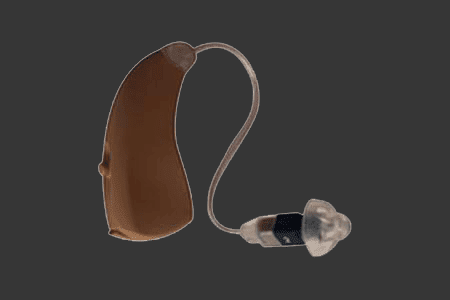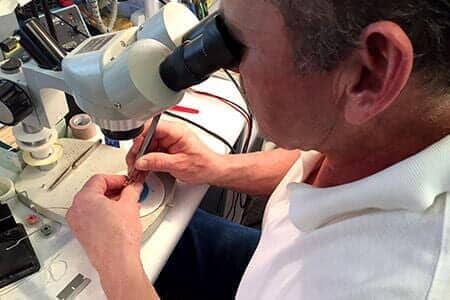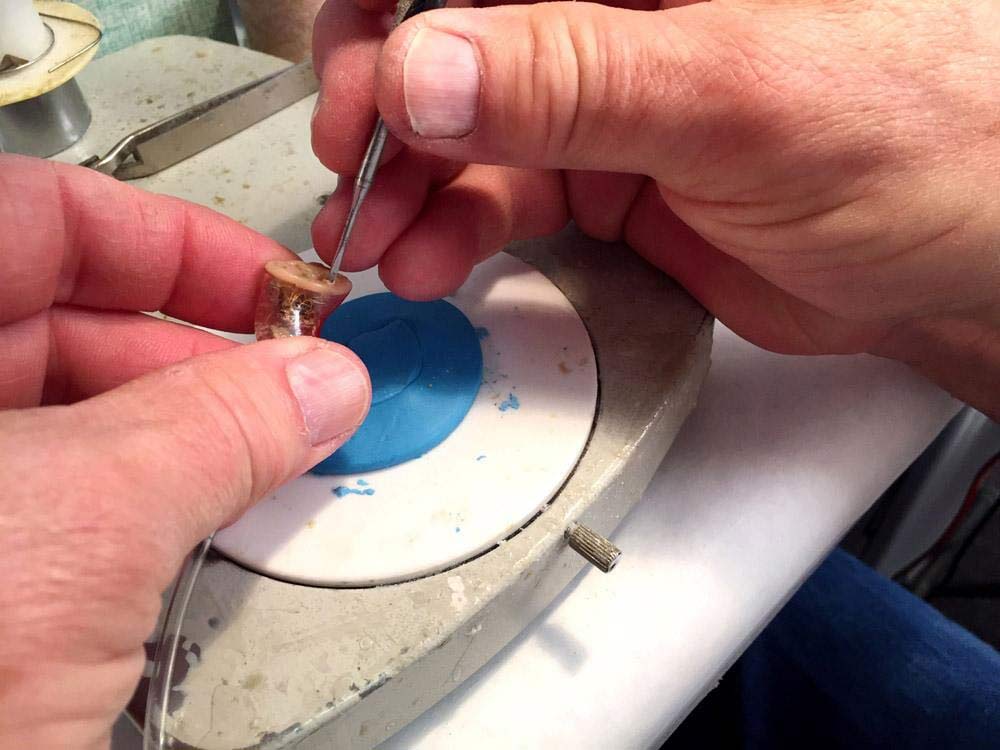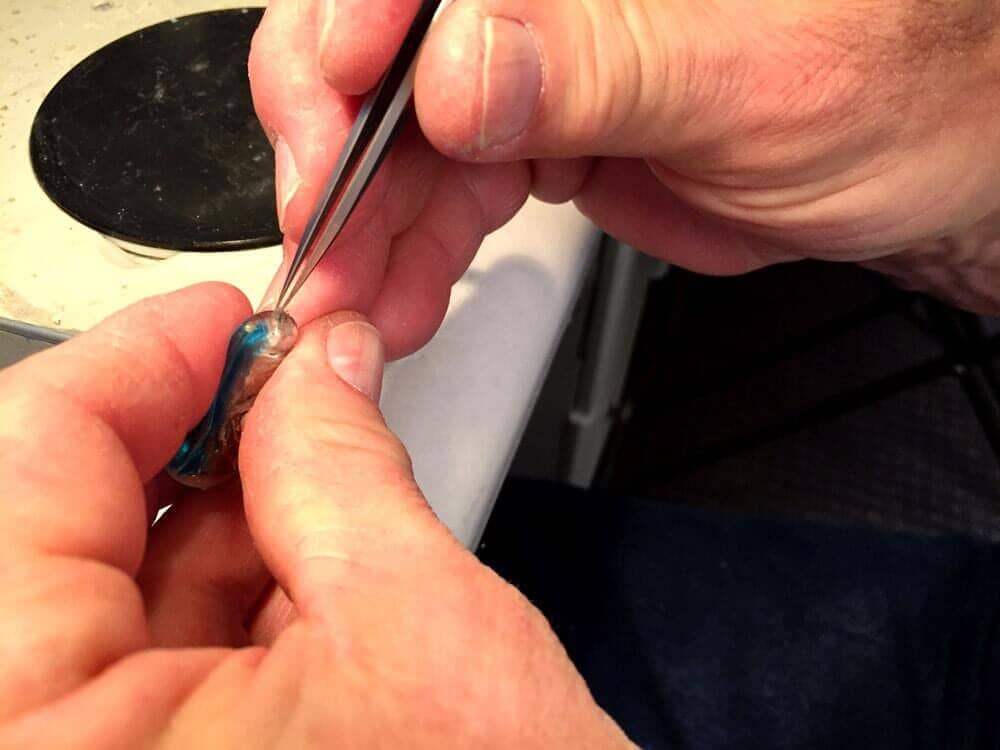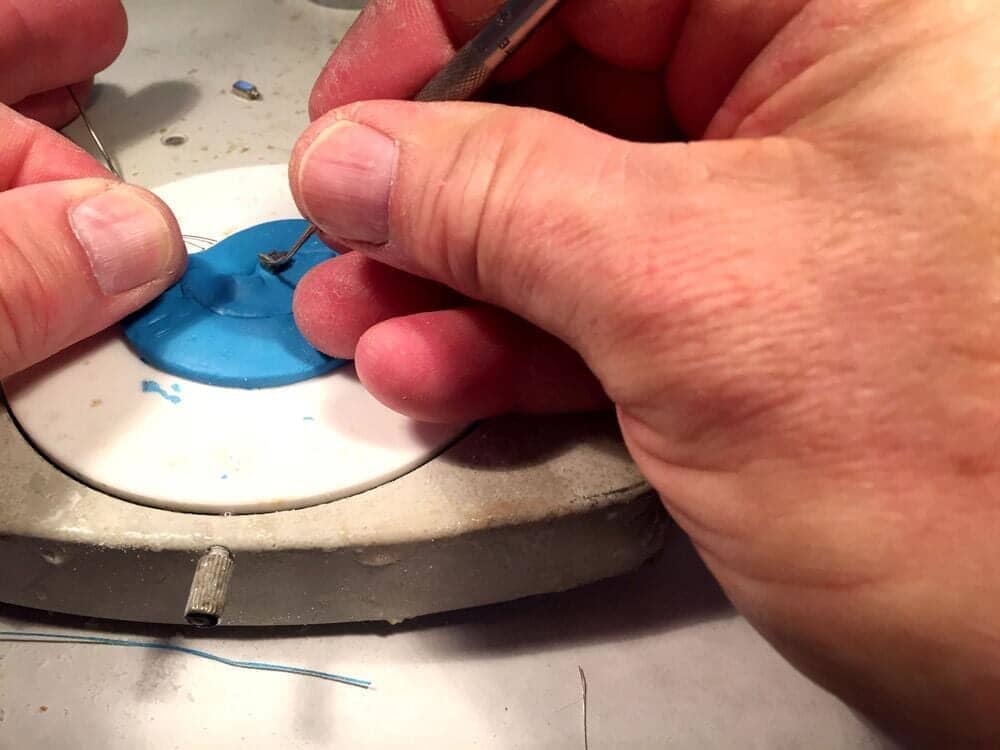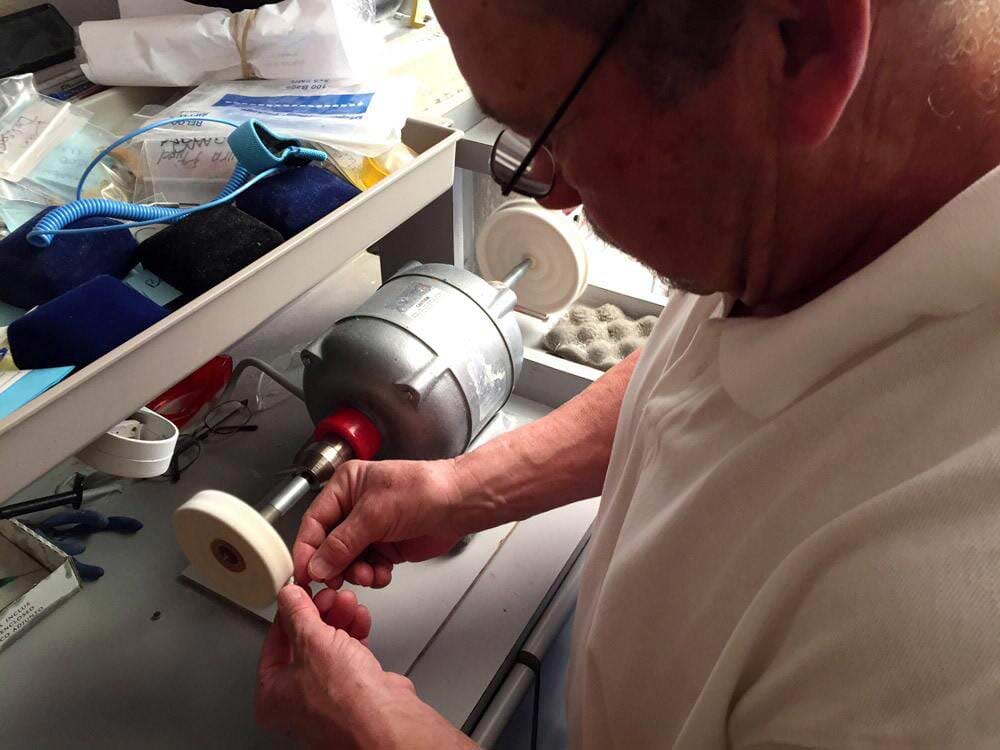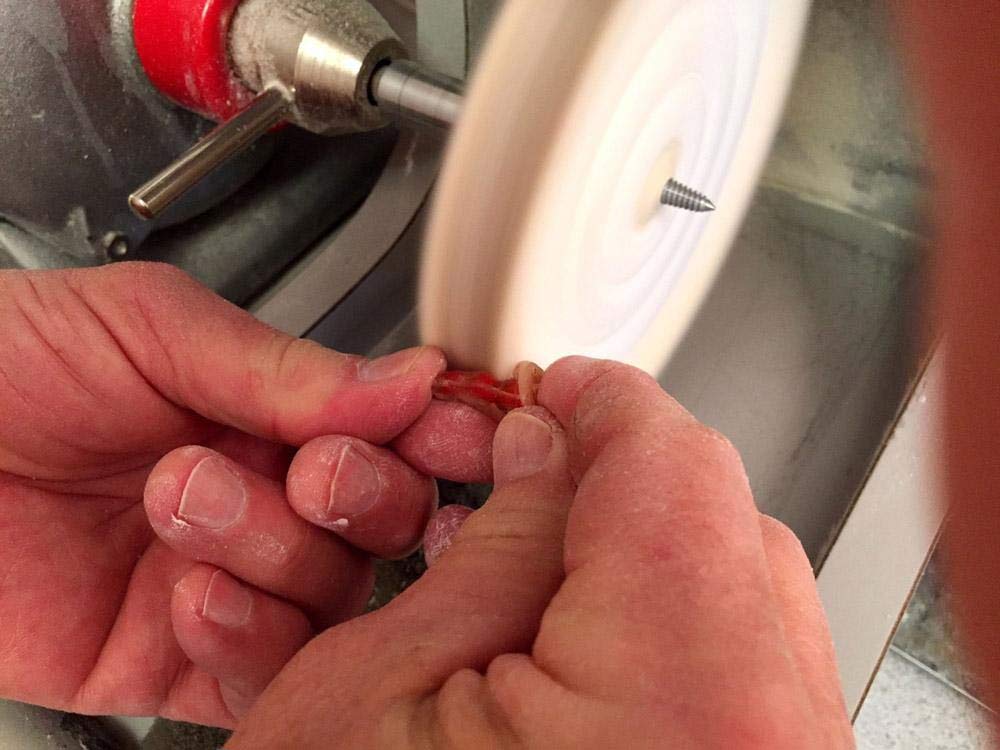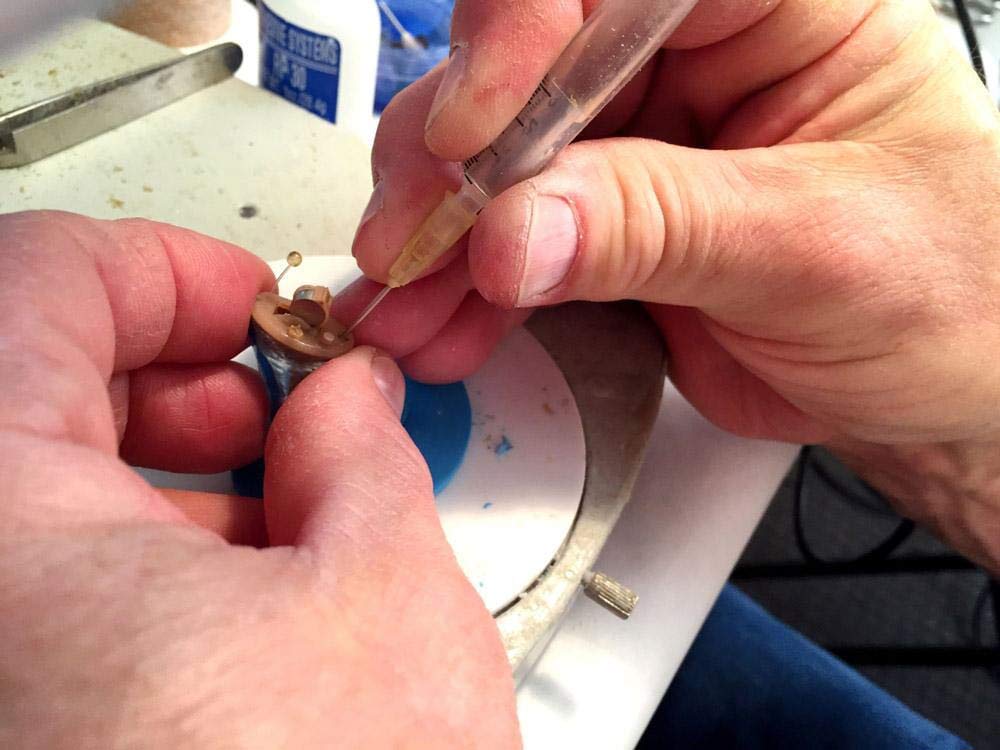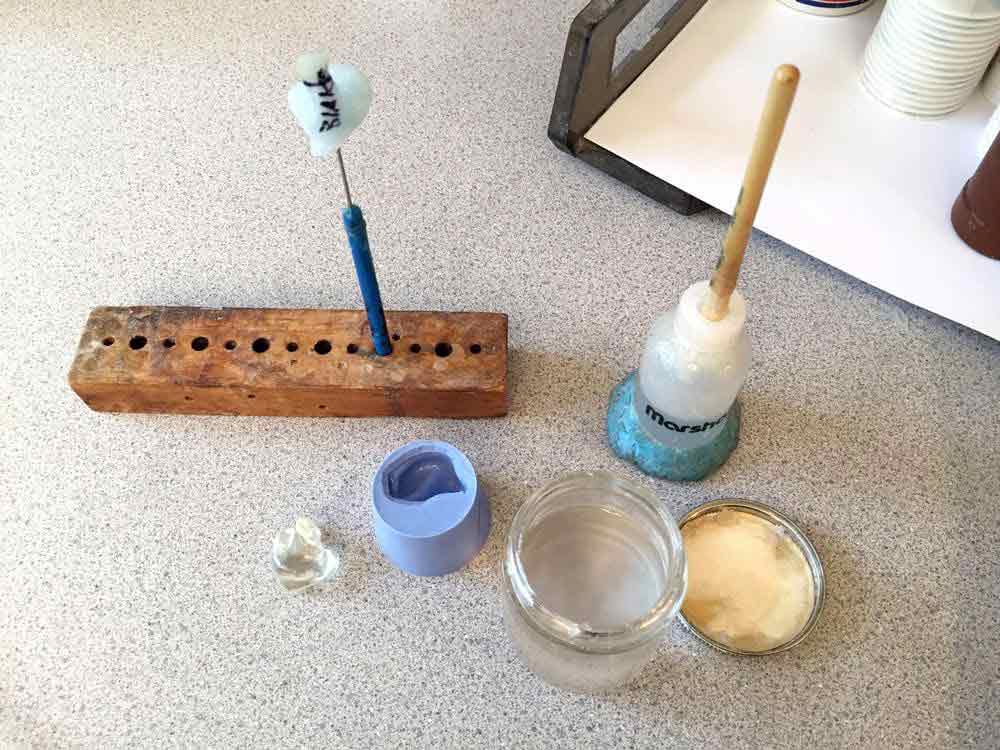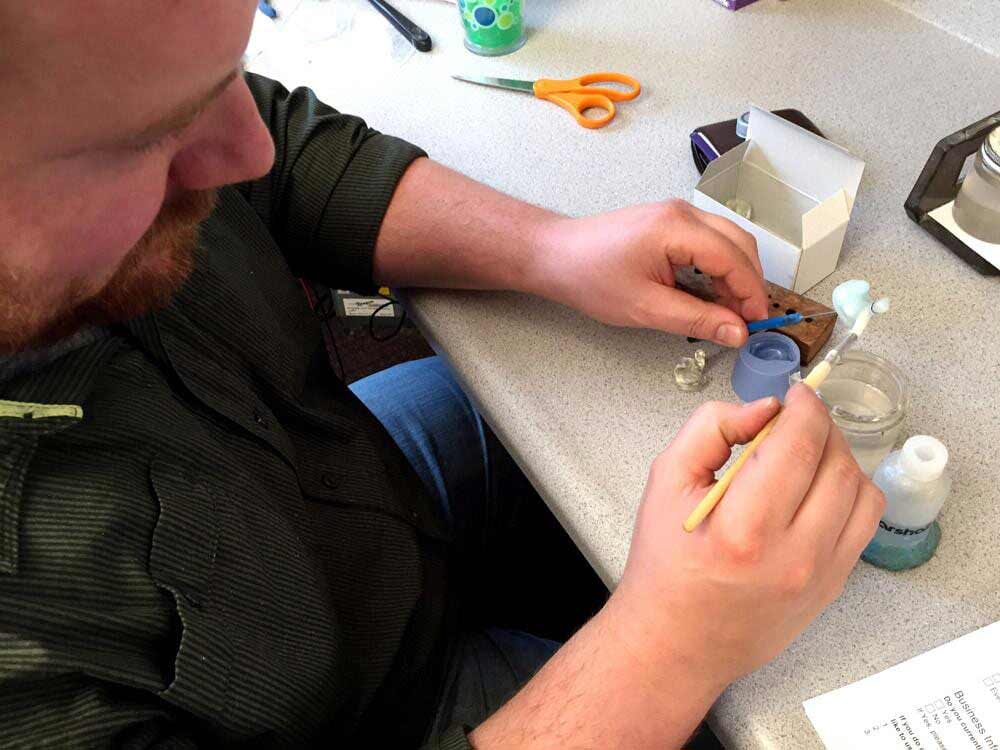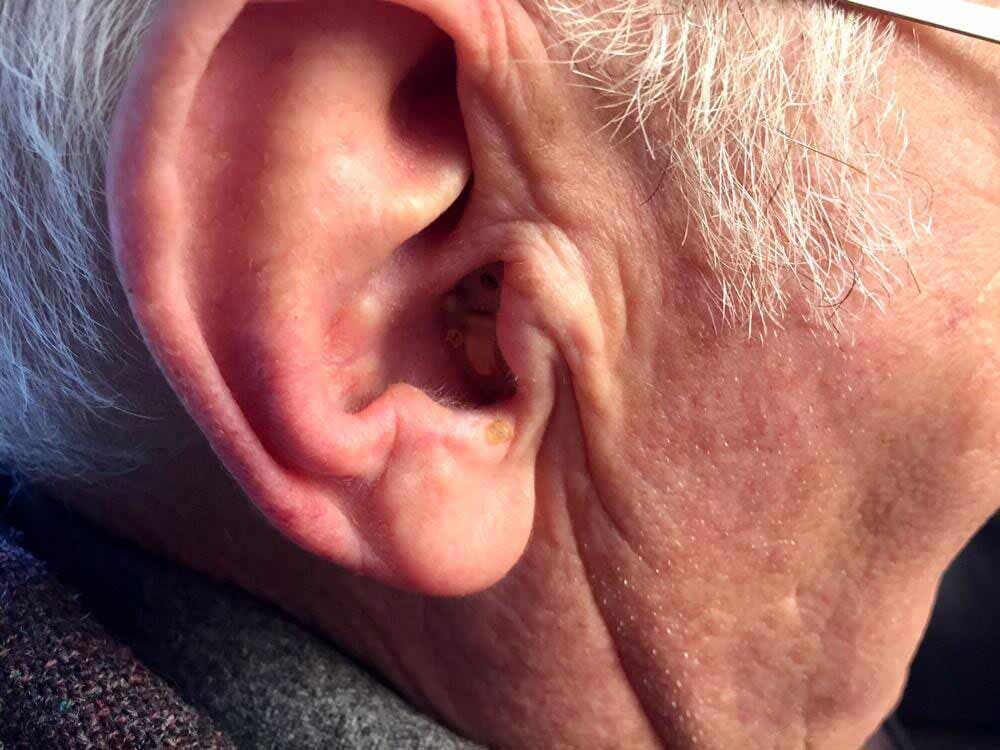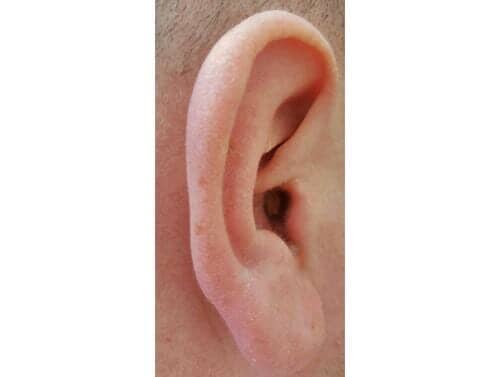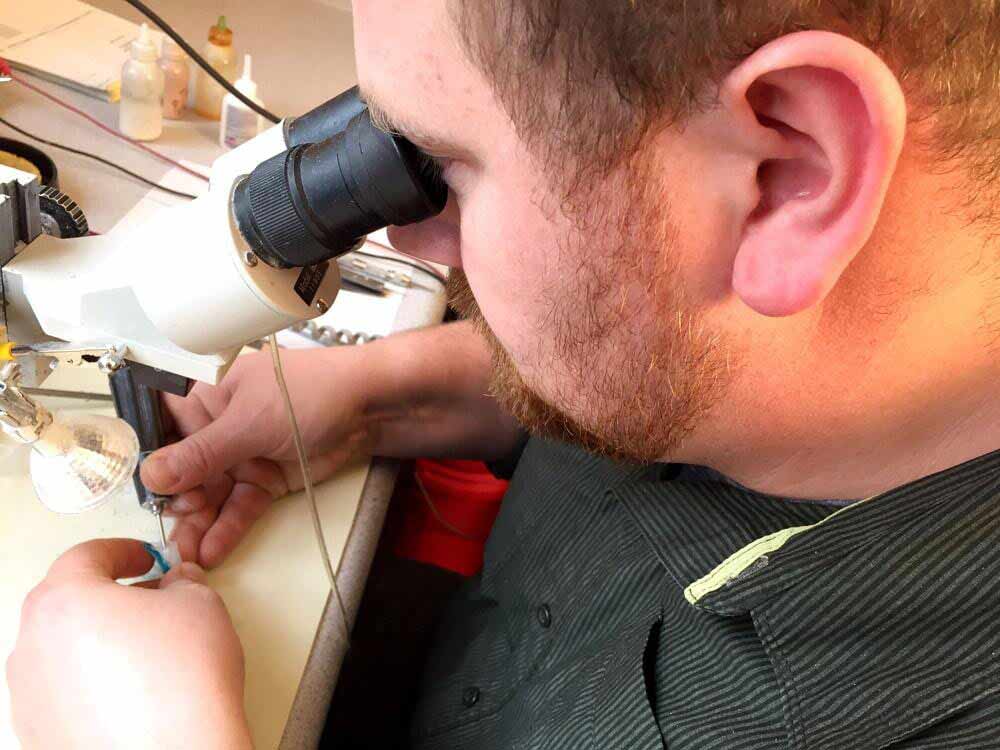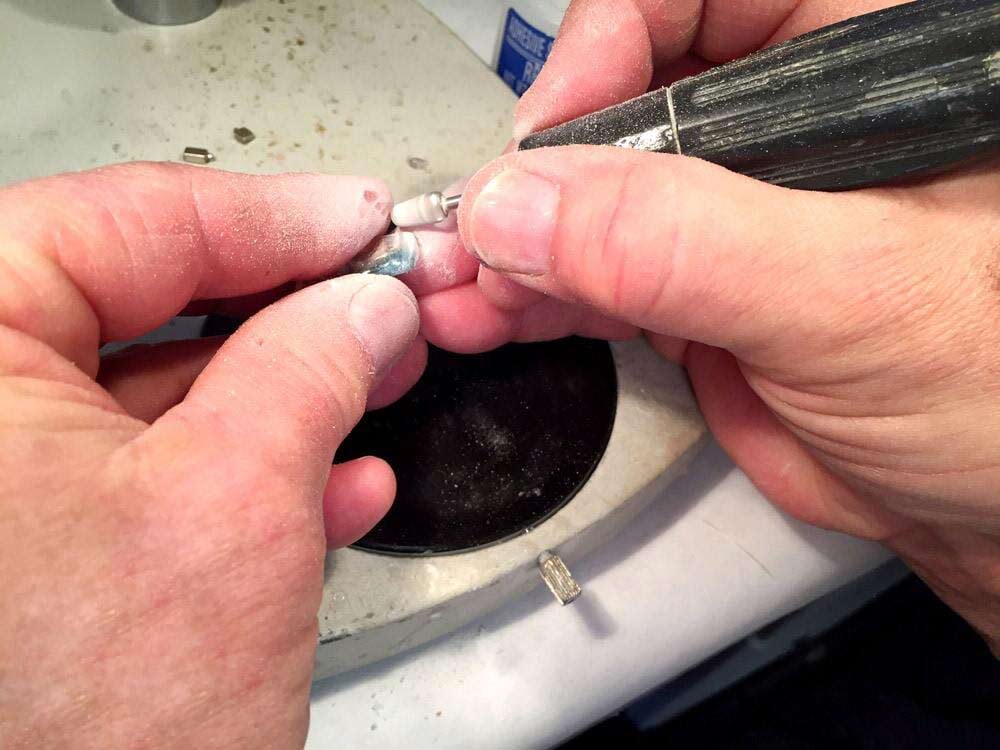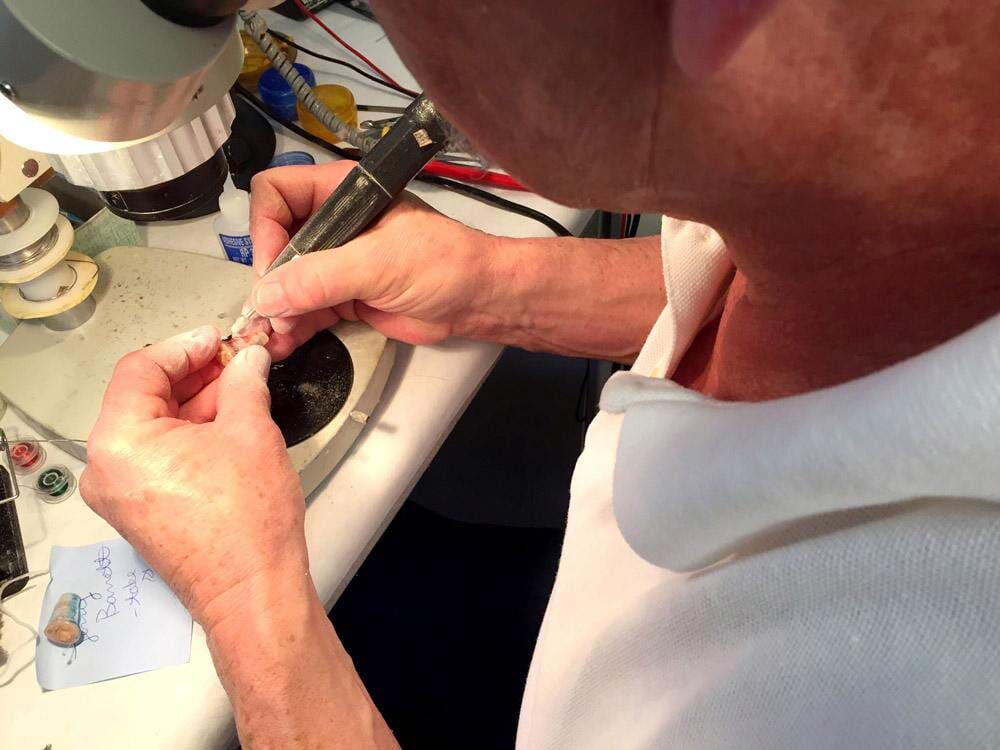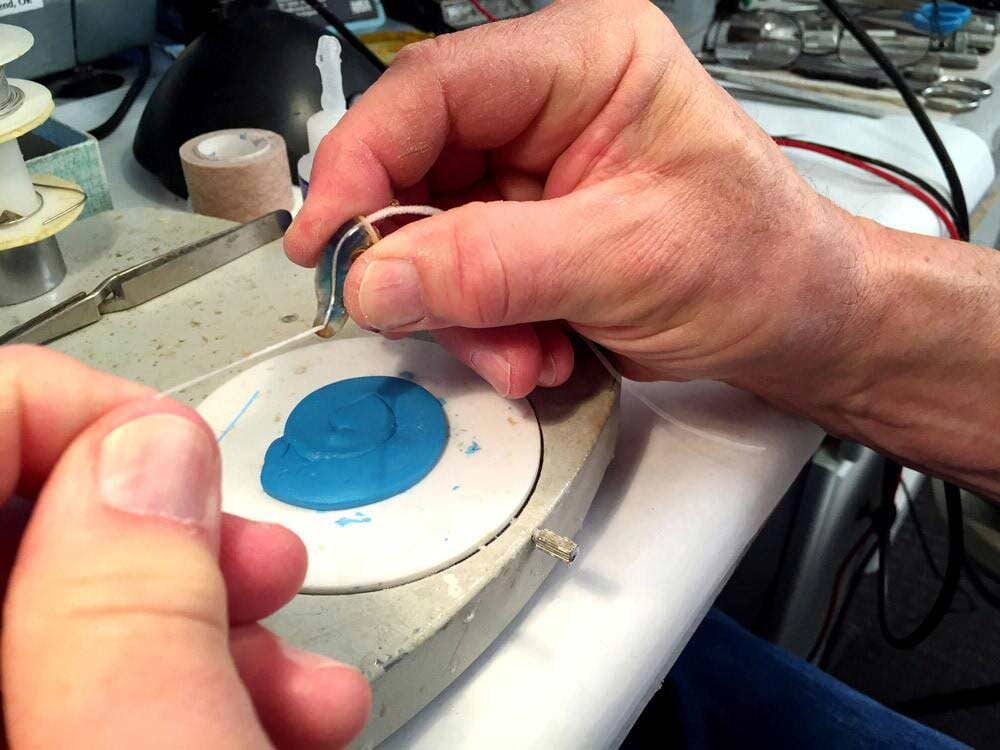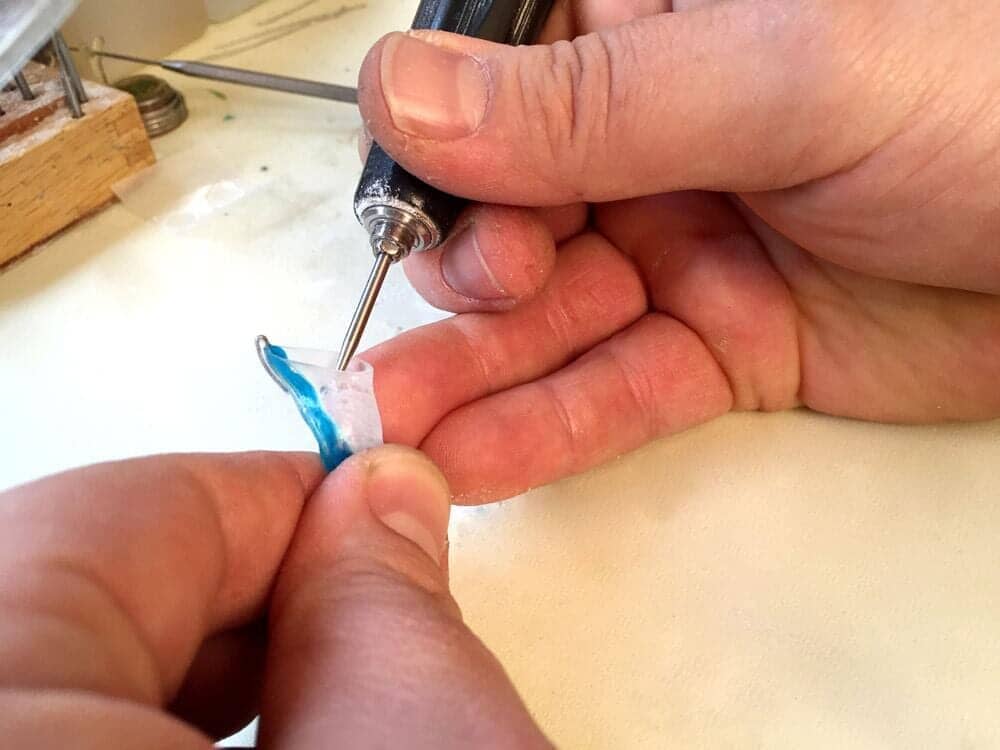Hearing Aid Repair Services
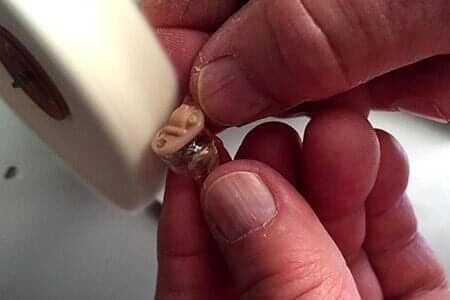
All hearing aids require periodic cleaning and maintenance to ensure that they continue to function properly. Debris, moisture, and wax can accumulate in the microphone and receiver (speaker) ports, affecting the clarity or the overall volume of sound that the instrument produces. At Kenyon Audiology, our technicians examine each hearing aid under a 10-power microscope and clean the microphone and receiver ports using a special vacuum system we developed specifically for this purpose.
Most often, a simple cleaning will restore the instrument to its proper function. Sometimes, a component will need to be replaced. We stock many common types of receivers and microphones and can often repair your hearing aid without having to 'send it in' to the factory, a process that can take as many as 30 days. Many repairs can be done with 'same day' service. Simple repairs may be accomplished while you wait or run a few errands.
Should I Repair or Replace?
The number of years in a hearing aid's “useful life” can vary widely depending on many factors. Generally, the average lifespan of a hearing aid is about 5 years. On the other hand, we have many hearing aids out there that are still in service after 8 and even 10 years. These are, of course, the exceptions.
Over the years, our ears physically change. These changes often affect the fit of both custom instruments and ear mold, which may become “loose” over time. When coupled with the progressive nature of many types of hearing loss, we've often found that repairing an “old” hearing aid is likely to result in intractable, squealing feedback.

